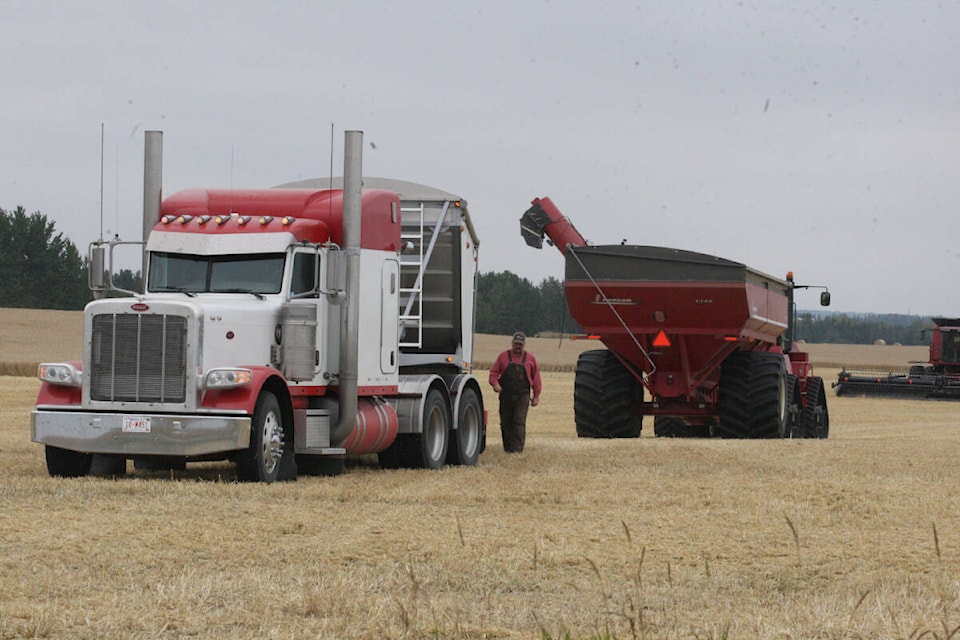A federal government proposal to drastically slash agricultural fertilizer use by 2030 is unrealistic and betrays a lack of understanding of modern farming, say critics.
To reduce greenhouse gases from nitrogen, the government wants to cut emissions by 30 per cent by 2030. A Fertilizer Canada and Meyers Norris Penney report suggests that would mean reducing fertilizer usage — especially nitrogen by 20 per cent.
The proposed targets immediately triggered backlash from many agriculture organizations, which have complained the government’s targets would significantly reduce yields while failing to recognize agriculture’s success in reducing fertilizer use already.
On Thursday, the Canadian Federation of Independent Business (CFIB), said the federal government must not mandate reductions in nitrogen fertilizers.
A CFIB survey found that seven out of 10 farmers said yield from their crops and overall food production would be reduced if fertilizer use was restricted.
“Right now, the emissions reduction target is voluntary, and it should stay that way,” said Corinne Pohlmann, CFIB senior vice-president of national affairs in a statement. “Requiring Canadian agri-businesses to reduce their use of nitrogen fertilizer would add another hurdle and have negative impacts on the industry that is already hard hit by skyrocketing input costs and supply chain delays.”
Agriculture and Agri-Food Canada announced two weeks ago it was launching an additional round of consultations to “help guide the development of an approach for achieving Canada’s fertilizer emissions reduction target.”
Olds-area farmer Jeff Nielsen said the government will be hearing from him.
“Confusion” best sums up the reactions of many producers, who question how the government expects to reduce fertilizer usage without affecting yields at a time when North American farms are more critical than ever in the world’s food supply, said Nielsen.
He suspects it is a case of bureaucrats in one department making decisions that affect another without consulting their experts.
“It’s not being driven by Agriculture Canada. It’s being driven by Environment Canada. It’s where you have two doors not being opened to each other and discussing things properly.”
There also appears to be little recognition or credit given to the work farmers have been doing for decades to reduce fertilizer usage and introduce many other practices, such as zero tillage and precision fertilizing, while still boosting yields.
“That’s what’s confusing. We’ve been doing this, but now you want us to do more. But we can’t.”
Anyone who thinks farmers don’t care how much fertilizer they use does not understand their business, he said. Fertilizer that once cost him $950 a tonne now costs $2,200.
“We’re not going to waste fertilizer — put it that way,” he said.
Farmers always look for ways to cut costs while improving yields, he added. Should options come along, such as the development of wheat plants that keep nitrogen into the soil and reduce emissions, farmers will be the first on board.
The proposed fertilizer emission targets would be a “heck of a dream if we could do that. But we’re not there yet,” he said.
Rural Municipalities of Alberta president Paul McLauchlin has been hearing plenty from farmers who are not happy with the government’s approach and are looking for ways to have their voices heard.
His organization, which represents 69 Alberta counties and municipal districts, will likely join forces with Saskatchewan and Manitoba organizations to have a louder voice to take its members’ concerns to the federal government.
McLauchlin also does not believe the government has thought its targets through or their potential impact on the marketplace. Nor do they understand farmers are already doing what they can to reduce the use of fertilizer, which in some cases costs five times more than it once did.
“There isn’t an overuse of fertilizer. That’s really kind of a nonsense goal.”
There are much bigger problems to be dealt with before fertilizer emissions, he suggests.
“The problem is we’re in a food security crisis. It is a big deal right now and so is the role that North America has to play going forward.”
